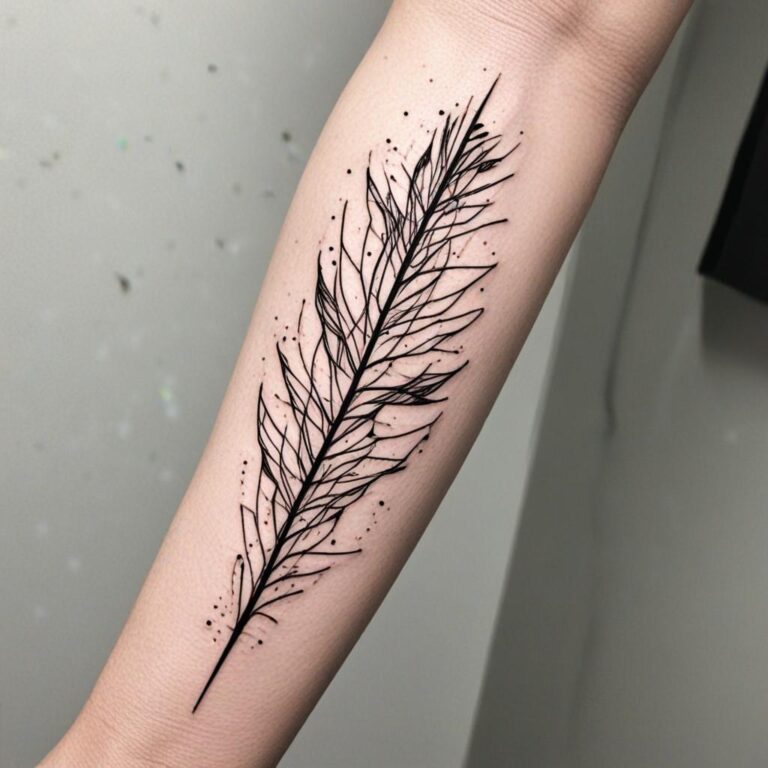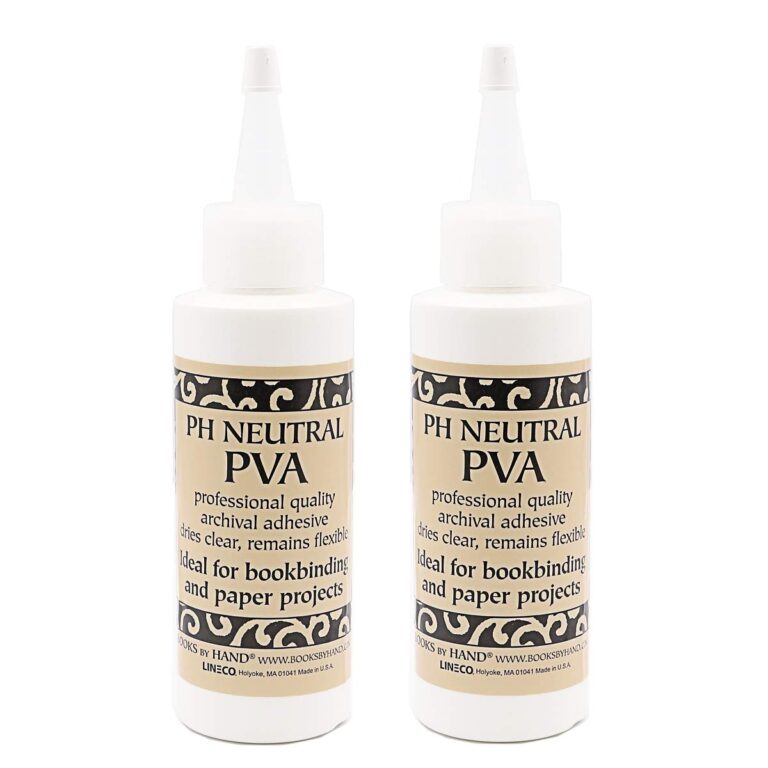Tattooing over stretch marks has become a popular way to reclaim your body and transform areas you might feel self-conscious about into works of art. It’s a unique approach to body positivity, allowing you to cover up or incorporate your stretch marks into stunning designs. Whether it’s a result of pregnancy, weight change, or growth spurts, stretch marks are a natural part of life’s journey, and tattooing over them can be a powerful statement of self-love and acceptance.
Before you dive into the world of tattoos, it’s crucial to understand the nuances of inking over stretch marks. Not all skin reacts the same, and the success of a tattoo can depend on various factors, including the age and severity of the stretch marks. Armed with the right information, you can make an informed decision that celebrates your body in the most beautiful way possible.
Key Takeaways
- Understanding Your Stretch Marks: Recognizing the age, color, and texture of your stretch marks is crucial before getting a tattoo, as it influences the design, healing process, and final outcome.
- Choosing the Right Tattoo Artist: Opt for an artist with experience in tattooing over stretch marks, demonstrated through their portfolio, to ensure they can handle the unique challenges of scarred or textured skin.
- Design Consideration: Select designs that adapt well to the contours and texture of your skin. Flowing, organic patterns often work best, and color choice should complement your natural skin tone and stretch mark color.
- The Tattooing Process: Preparation for the tattoo session includes staying hydrated and avoiding sun exposure. During the session, expect a different sensation on stretch-marked skin, and focus on adherence to aftercare instructions for optimal healing.
- Aftercare Tips: Proper aftercare involves keeping the tattoo clean and moisturized, avoiding soaking, protecting it from the sun, and not picking at scabs or peeling skin, all of which contribute to a beautifully healed tattoo.
- Personal Significance: Incorporating elements that hold personal meaning into your tattoo design can enhance your satisfaction with the final artwork, making it a significant symbol of your journey and self-love.
Understanding Stretch Marks
Before you decide to cover your stretch marks with tattoos, it’s essential to grasp what stretch marks are and how they form. Stretch marks, or striae, are a type of scarring on the skin with an off-color hue. They are caused by tearing of the dermis, which often occurs with rapid changes in weight or during periods of growth such as puberty or pregnancy. While they can appear anywhere on the body, common areas include the abdomen, thighs, hips, breasts, upper arms, and lower back.
Stretch marks come in various shapes, sizes, and colors, ranging from purple, pink, to light gray. Over time, they may fade to a more silvery hue but don’t disappear entirely. The appearance of your stretch marks can influence the tattoo process and the outcome, so understanding the specifics of your stretch marks is crucial.
There are two main types of stretch marks: red and white. Red stretch marks, or striae rubra, are newer and typically easier to treat. They indicate that the blood vessels are still present under the skin, which could mean a better healing process for tattoos. White stretch marks, or striae albae, are older and have lost pigment. They can be more challenging to tattoo over due to the lack of elasticity and color.
When considering tattooing over stretch marks, it’s vital to assess:
- The age of the stretch marks
- Their color and texture
- How raised or sunken they are
This information will guide your tattoo artist in creating a design that not only covers the marks effectively but also ensures the art ages well on your ever-changing body. Remember, every skin is unique, and what works for one person may not work for another. Arm yourself with knowledge to make an informed decision that celebrates your journey and your skin.
The Tattooing Process
Choosing the Right Tattoo Artist is crucial when considering tattooing over stretch marks. Not all artists are experienced or comfortable with working on scarred or textured skin, so it’s important you find someone who is. Look for an artist who has a portfolio featuring work on stretch marks or similar types of skin. This ensures they understand the unique challenges and techniques required.
Once you’ve selected an artist, Consultation becomes the next step. During this meeting, discuss your vision for the tattoo, but also listen to the artist’s professional advice. They can provide insight into what designs work best with the texture and direction of your stretch marks. This is also the time to address any concerns about pain levels, healing, and how the stretch marks’ texture might affect the tattoo’s appearance over time.
Preparing for the Tattoo Session includes a few important steps. Ensure your skin is in the best possible condition by staying hydrated and moisturizing the area to be tattooed. Avoid sun exposure to the stretch marks before your appointment as sunburn can complicate the tattooing process.
The Tattooing Session itself varies in length, depending on the design’s complexity and the stretch marks’ size. The artist will stretch the skin tightly to ensure the needle penetrates evenly, which might cause a different sensation compared to tattooing on non-stretch-marked skin. It’s normal to feel a mix of excitement and nerves, but remember that discomfort is temporary while the art lasts a lifetime.
Aftercare plays a vital role in how well your tattoo and the skin around it heal. Follow your artist’s specific aftercare instructions diligently. This typically involves keeping the tattoo clean, applying aftercare ointment as recommended, and avoiding picking at any scabs that form. Proper aftercare is essential not just for the tattoo’s appearance, but for the health of your skin.
By understanding each phase of the tattooing process and preparing accordingly, you’re setting yourself up for a smoother experience and a beautiful result that celebrates your journey and your skin.
Choosing a Design
When you’re considering tattooing over stretch marks, picking the right design is crucial. Your design not only needs to resonate with you on a personal level but also work with the unique contours and texture of your skin. Stretch marks can vary widely in appearance, so your design should be adaptable.
Flowing, organic patterns like floral, water, or abstract motifs are particularly effective in harmonizing with the skin’s textured surface. These patterns can seamlessly integrate with your stretch marks, sometimes even using them as part of the design to add depth and interest. On the other hand, geometric or highly detailed designs may need adjustments to ensure they complement your skin’s texture without emphasizing irregularities.
Color choice plays a significant role as well. Darker tones can mask the appearance of stretch marks, while lighter colors might highlight them. However, this can vary based on your skin tone and the color of your stretch marks. It’s crucial to discuss color options with your tattoo artist who can provide recommendations tailored to your specific situation.
Remember, a tattoo is not just artwork on your body but a collaboration between you and your artist. Bring ideas and open-mindedness to your consultation, but also trust in your artist’s expertise. They can suggest design modifications that better suit your skin, ensuring the final result is something beautiful and meaningful to you.
Incorporating personal symbols or elements that have a special meaning to you can make the tattoo even more special. Whether it’s a quote that inspires you, an animal that represents your spirit, or just a pattern that you find beautiful, ensuring that the design is significant will add to the satisfaction of your final tattoo.
Finding the Right Tattoo Artist
When you’re considering tattooing over stretch marks, one of the most crucial steps is finding the right tattoo artist. Experience and specialization in tattooing over textured skin are not traits all artists possess. An experienced artist will have a portfolio that includes before and after photos of work on scarred or textured areas. Looking through these will give you a good understanding of their skill level and how they handle challenges unique to scarred skin.
Start your search online by checking out artists’ websites and social media profiles. Look for reviews or testimonials from clients who have had tattoos over stretch marks or scars. It’s also beneficial to reach out to local tattoo studios to inquire if they have artists specializing in this type of work. Word of mouth can be another valuable resource, so don’t hesitate to ask around in communities or forums where people share similar experiences.
During your initial consultation, don’t be shy about asking questions. You’ll want to understand their process, how they plan to work with your stretch marks, and what designs they believe will look best. A talented artist will be open to discussing your concerns and suggesting creative solutions. They should also provide clear instructions on how to prepare for your tattoo session to ensure the best results.
It’s important to remember that not all artists will be the right fit for your specific needs. If an artist isn’t experienced in tattooing over stretch marks or if you don’t feel comfortable with their approach, it’s okay to keep looking. Your comfort and confidence in the artist’s ability are paramount to ensuring a successful outcome.
Choosing the right tattoo artist is a vital step in transforming your stretch marks into a piece of art. With the right artist at the helm, you can achieve a tattoo that not only beautifies your skin but also boosts your confidence.
Aftercare Tips
After your tattoo session, proper aftercare is paramount for ensuring your artwork heals beautifully on your textured skin. Following your tattoo artist’s personalized aftercare instructions is crucial, but here are some universal tips to keep in mind.
First and foremost, keep the tattooed area clean and moisturized. Gently wash the area with antimicrobial soap and lukewarm water. Pat it dry with a clean, soft cloth. Apply a thin layer of fragrance-free, hypoallergenic moisturizer. This regimen should be repeated 2-3 times daily for the first few weeks or as advised by your artist.
Avoid soaking your new tattoo. This means no baths, swimming pools, or long showers until it’s fully healed. Short showers are fine, but ensure the tattoo isn’t directly under the water stream for extended periods.
Protect your tattoo from the sun. UV rays can fade your tattoo and harm the healing process. Keep it covered with clothing or use a strong, broad-spectrum sunscreen specifically designed for tattoos once it’s healed enough to apply lotions or creams advised by your tattoo artist.
It’s normal for tattoos to scab and peel during the healing process. However, resist the temptation to pick or scratch. This can cause scarring and affect the appearance of your tattoo. If itching occurs, gently pat the area or apply more moisturizer.
Stay hydrated and maintain a healthy diet. Good nutrition and plenty of water support your skin’s healing process. Foods rich in vitamins and minerals can boost recovery and enhance the appearance of your healed tattoo.
Remember, healing times vary depending on the size and location of your tattoo, as well as your body’s natural healing process. Be patient and give your skin the time it needs to fully recover. Regularly inspect the tattooed area for any signs of infection or unusual reactions and consult your tattoo artist or a medical professional if you have any concerns.
Conclusion
Embracing your body’s story through art is a beautiful journey and tattooing over stretch marks can be a transformative part of that process. Remember the importance of entrusting this task to an experienced tattoo artist who understands the nuances of working on textured skin. Your consultation is the perfect time to voice any concerns and align your expectations with the reality of tattooing over stretch marks. Preparing your skin ahead of your session and following through with diligent aftercare will ensure the best outcome for your tattoo. Keep your skin clean, moisturized, and protected from the sun while giving it the time it needs to heal. If you encounter any issues along the way don’t hesitate to reach out to your artist or a healthcare provider. With patience and care you’ll soon be able to proudly showcase your new piece of art that beautifully incorporates and celebrates your stretch marks.
Frequently Asked Questions
Can you get a tattoo over stretch marks?
Yes, it is possible to get a tattoo over stretch marks. However, choosing a tattoo artist with experience in tattooing over scarred or textured skin is crucial for the best results.
What should I discuss with my tattoo artist during the consultation?
During the consultation, you should discuss your vision for the tattoo, any concerns you have about pain, healing, and how the tattoo may change over time. It’s also important to talk about the specific challenges of tattooing over stretch marks.
How should I prepare my skin for a tattoo session?
To prepare your skin for a tattoo session, keep it well-hydrated and avoid sun exposure. Healthy, well-moisturized skin can handle the tattooing process better, especially if it involves stretch marks.
How long does a tattooing session last?
The length of a tattooing session varies depending on the size and complexity of the design, as well as the area being tattooed. Your tattoo artist will provide an estimated duration after discussing your tattoo.
What are the key aftercare steps for a new tattoo?
Aftercare for a new tattoo includes keeping the area clean and moisturized, avoiding soaking the tattoo, protecting it from the sun, and not picking or scratching it. Staying hydrated and eating a healthy diet also support the healing process.
How long does it take for a tattoo to fully heal?
Tattoo healing times vary from person to person, but generally, the surface layer of skin may heal within 2 to 3 weeks. However, it can take up to 6 months for the skin beneath to fully recover.
What should I do if I have concerns during the healing process?
If you have any concerns about your tattoo during the healing process, such as excessive redness, swelling, or signs of infection, you should consult your tattoo artist or a medical professional for advice.







